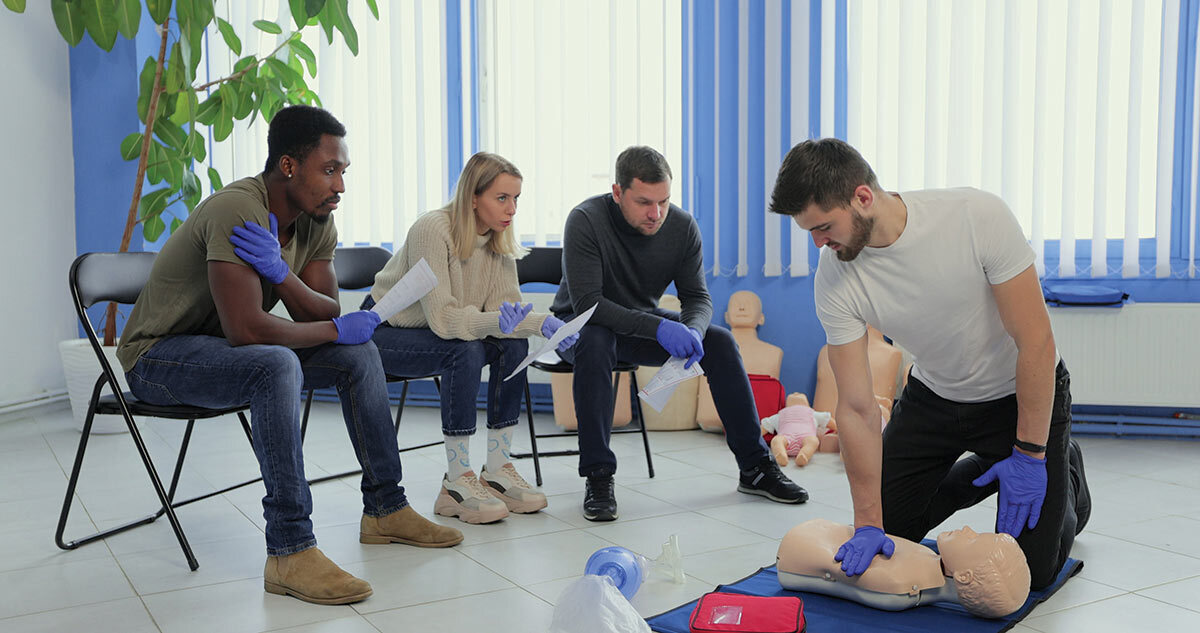By 2030, the global eVTOL aircraft market will carry 27 million passengers. Some vehicles will have a single pilot, while others will operate remotely or autonomously with civilian passengers only. Therefore, the companies that commercialize this space have a duty of care towards their employees and customers to ensure the safety of everyone on board.

Our health stories follow us as we travel. In fact, 48,000 medical emergencies occur on board each year. When these medical incidents occur, the care provided in the first 15 minutes is critical to the outcome of the event. Once stabilized, the time for medical attention is critical to the victim’s recovery.
Operators are familiar with the limitations of jet and propeller aircraft, but these new vessels add new variables that can impact the management of an in-flight medical event. eVTOL aircraft are currently designed to carry up to 10 passengers, may or may not have professional staff on board, and have limited range or travel time.
MEDICAL INCIDENTS THAT MAY OCCUR
The risk can range from a mere inconvenience to a life-threatening situation. Trivial events are not uncommon and must be stabilized to prevent them from developing into serious ones. The more serious the event, the more likely it is to disrupt your operations and passengers.
Based on hundreds of thousands of in-flight medical cases, problems such as gastrointestinal and respiratory disorders, unconsciousness, stroke and cardiac arrest are the most common. Therefore, special considerations must be made to address these medical risks.
Some of the top questions to ask yourself about onboard medical incidents include:
- How would CPR be performed if the passenger has no floor space to lie on?
- Is the medical equipment or AED easily accessible for all passengers?
- Is it safe for passengers to move around the cabin while the plane is in the air?
- Would conditions in the cabin endanger the person providing assistance?
PREPARING FOR IN-FLIGHT…
.
[ad_2]
Source story

